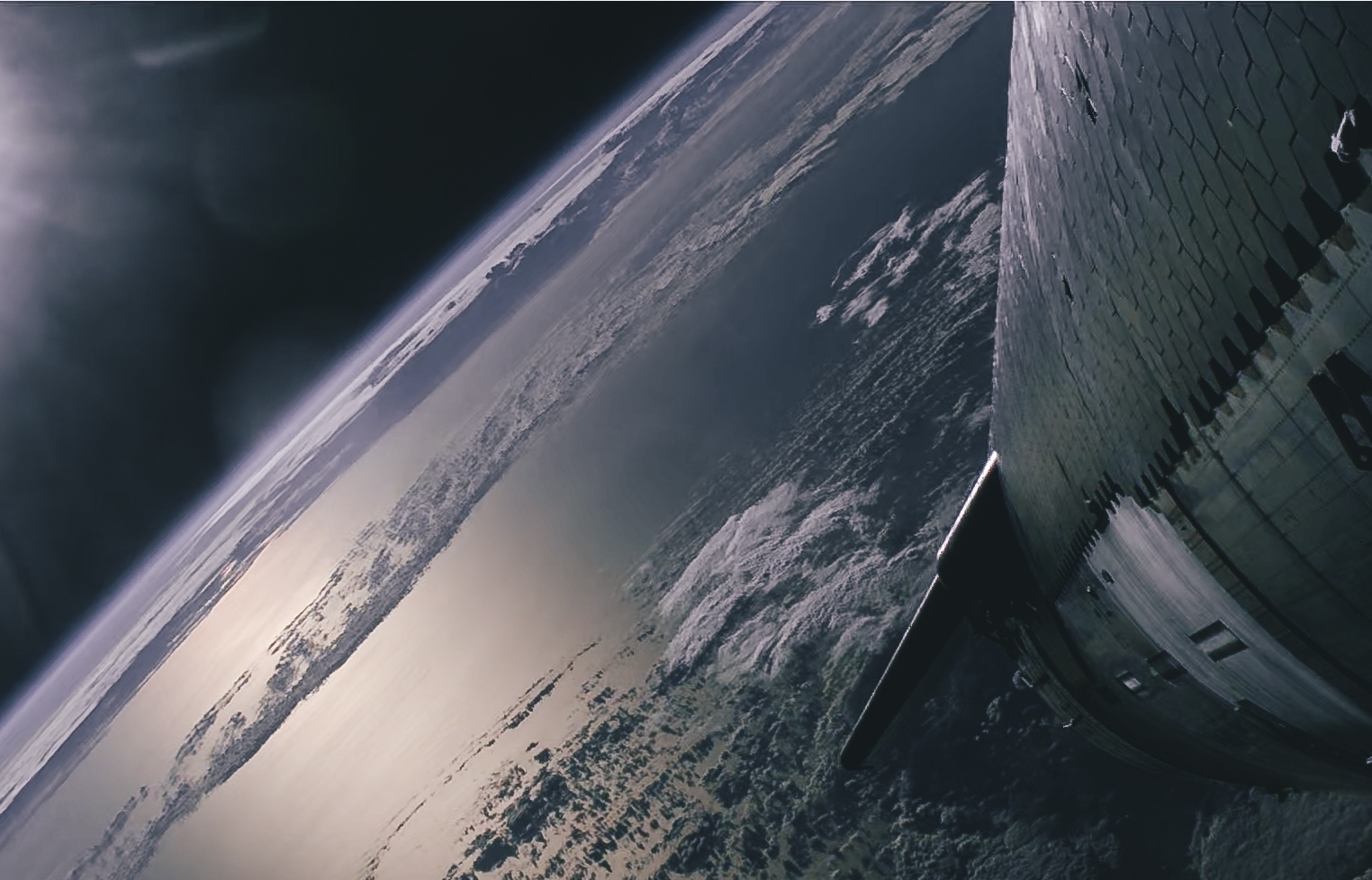Johannes Kepler observed the last supernova in the Milky Way in 1604, so in a statistical sense, the next one is overdue.
At 600 light years away, the red supergiant Betelgeuse in the constellation of Orion is the nearest massive star getting close to the end of its life. When it goes supernova, it will shine as bright as the full Moon for those watching from Earth, without causing any damage to life on our planet.
Radiation damage
If a star goes supernova close enough to Earth, the gamma-ray radiation could damage some of the planetary protection that allows life to thrive on Earth. There’s a time delay due to the finite speed of light. If a supernova goes off 100 light years away, it takes 100 years for us to see it.
Astronomers have found evidence of a supernova 300 light years away that exploded 2.5 million years ago. Radioactive atoms trapped in seafloor sediments are the telltale signs of this event. Radiation from gamma rays eroded the ozone layer, which protects life on Earth from the Sun’s harmful radiation. This event would have cooled the climate, leading to the extinction of some ancient species.
Safety from a supernova comes with greater distance. Gamma rays and cosmic rays spread out in all directions once emitted from a supernova, so the fraction that reach the Earth decreases with greater distance. For example, imagine two identical supernovae, with one 10 times closer to Earth than the other. Earth would receive radiation that’s about a hundred times stronger from the closer event.
A supernova within 30 light years would be catastrophic, severely depleting the ozone layer, disrupting the marine food chain and likely causing mass extinction. Some astronomers guess that nearby supernovae triggered a series of mass extinctions 360 to 375 million years ago. Luckily, these events happen within 30 light years only every few hundred million years.
When neutron stars collide
But supernovae aren’t the only events that emit gamma rays. Neutron star collisions cause high-energy phenomena ranging from gamma rays to gravitational waves.
Left behind after a supernova explosion, neutron stars are city-size balls of matter with the density of an atomic nucleus, so 300 trillion times denser than the Sun. These collisions created many of the gold and precious metals on Earth. The intense pressure caused by two ultradense objects colliding forces neutrons into atomic nuclei, which creates heavier elements such as gold and platinum.
A neutron star collision generates an intense burst of gamma rays. These gamma rays are concentrated into a narrow jet of radiation that packs a big punch.
If the Earth were in the line of fire of a gamma-ray burst within 10,000 light years, or 10% of the diameter of the galaxy, the burst would severely damage the ozone layer. It would also damage the DNA inside organisms’ cells, at a level that would kill many simple life forms like bacteria.
That sounds ominous, but neutron stars do not typically form in pairs, so there is only one collision in the Milky Way about every 10,000 years. They are 100 times rarer than supernova explosions. Across the entire universe, there is a neutron star collision every few minutes.
Gamma-ray bursts may not hold an imminent threat to life on Earth, but over very long time scales, bursts will inevitably hit the Earth. The odds of a gamma-ray burst triggering a mass extinction are 50% in the past 500 million years and 90% in the 4 billion years since there has been life on Earth.
By that math, it’s quite likely that a gamma-ray burst caused one of the five mass extinctions in the past 500 million years. Astronomers have argued that a gamma-ray burst caused the first mass extinction 440 million years ago, when 60% of all marine creatures disappeared.
A recent reminder
The most extreme astrophysical events have a long reach. Astronomers were reminded of this in October 2022, when a pulse of radiation swept through the solar system and overloaded all of the gamma-ray telescopes in space.
It was the brightest gamma-ray burst to occur since human civilization began. The radiation caused a sudden disturbance to the Earth’s ionosphere, even though the source was an explosion nearly 2 billion light years away. Life on Earth was unaffected, but the fact that it altered the ionosphere is sobering – a similar burst in the Milky Way would be a million times brighter.
This article is republished from The Conversation, a nonprofit, independent news organization bringing you facts and analysis to help you make sense of our complex world.
It was written by: Chris Impey, University of Arizona.
Read more:
Chris Impey receives funding from the National Science Foundation and the Howard Hughes Medical Institute.

Dr. Sarah Adams is a scientist and science communicator who makes complex topics accessible to all. Her articles explore breakthroughs in various scientific disciplines, from space exploration to cutting-edge research.








